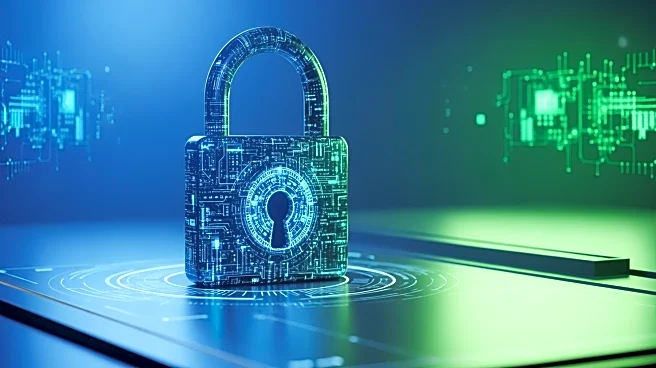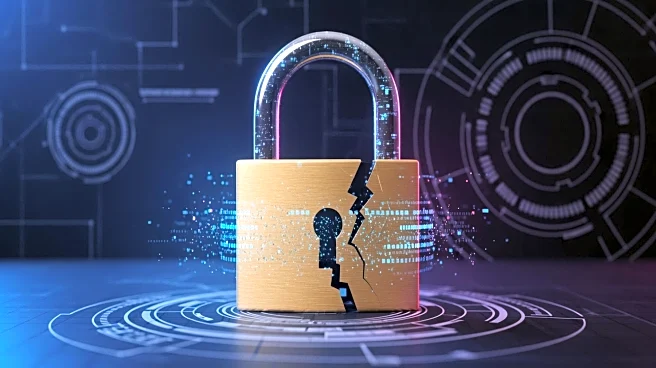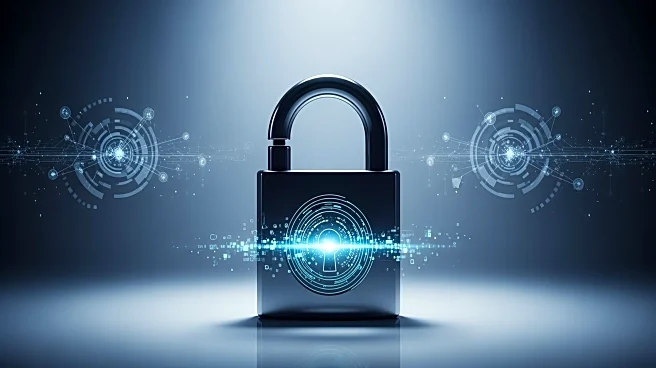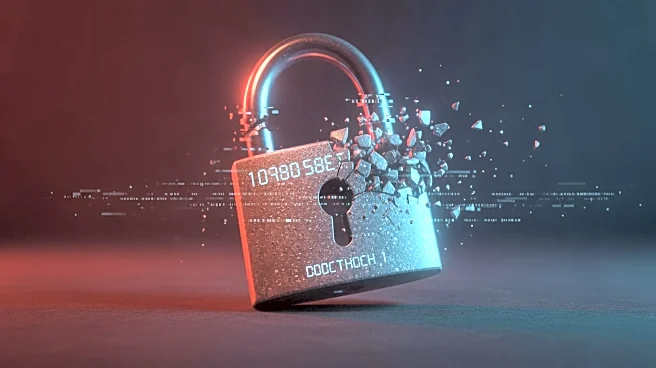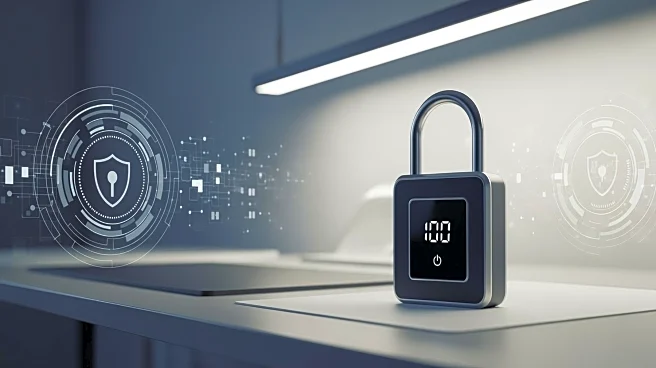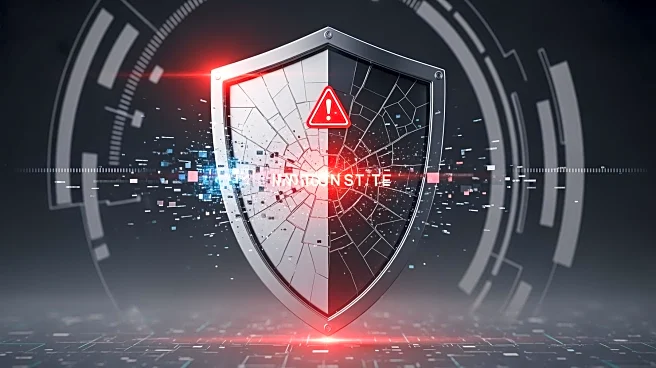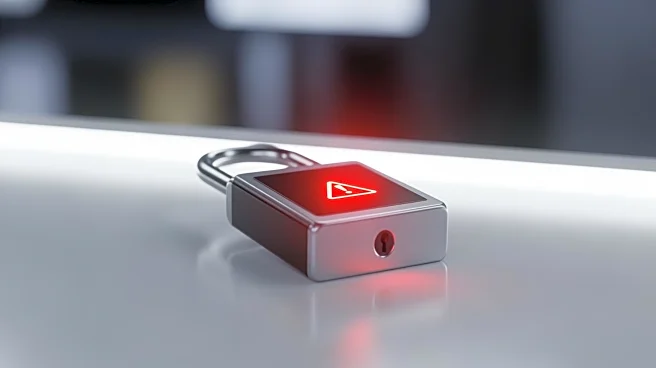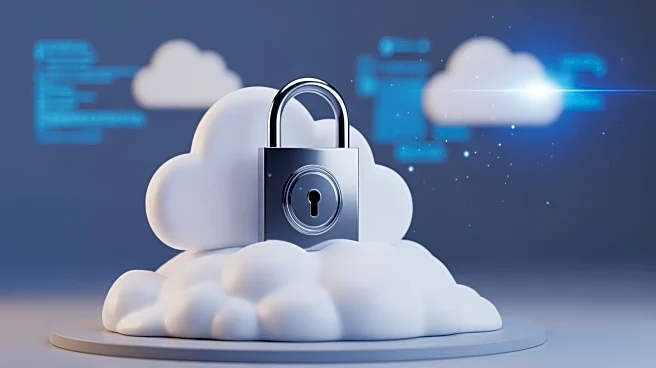What's Happening?
Recent high-profile data breaches in software-as-a-service (SaaS) environments have exposed vulnerabilities that many Chief Information Security Officers (CISOs) and Information Security (InfoSec) professionals
were not fully prepared for. Despite significant investments in security by SaaS providers, organizations often neglect their own responsibilities in safeguarding data on these platforms. The 2025 CSA State of SaaS Security Report reveals a 'confidence paradox,' where 79% of organizations express confidence in their SaaS security programs, yet significant capability gaps remain. The divide between InfoSec and SaaS teams, often due to differing experiences and terminologies, exacerbates these security challenges. Bridging this divide is crucial for securing SaaS data and leveraging future benefits of agentic AI.
Why It's Important?
The security of SaaS environments is critical as more businesses rely on these platforms for essential operations. The breaches highlight the need for organizations to not only depend on SaaS providers but also actively engage in securing their data. Failure to address these security gaps can lead to unauthorized access, data exfiltration, and potential financial and reputational damage. The divide between InfoSec and SaaS teams can result in misconfigurations and inadequate security measures, leaving sensitive data vulnerable. Addressing these issues is vital for maintaining trust in SaaS solutions and ensuring the protection of sensitive information.
What's Next?
Organizations are encouraged to adopt strategies to bridge the InfoSec-SaaS divide, such as establishing secure baseline configurations and performing regular security self-assessments. Collaboration between InfoSec and SaaS teams is essential to understand evolving threats and implement effective security measures. Automation and agentic AI can play a role in maintaining secure configurations and reducing risks associated with excessive permissions. As security threats continue to evolve, ongoing assessments and adjustments to security protocols will be necessary to protect SaaS environments effectively.
Beyond the Headlines
The ethical and legal implications of SaaS security breaches are significant, as organizations must navigate data protection regulations and potential liabilities. The cultural shift towards greater collaboration between InfoSec and SaaS teams may lead to more integrated security practices and a stronger overall security posture. Long-term, this could result in a more resilient digital infrastructure capable of withstanding sophisticated cyber threats.
